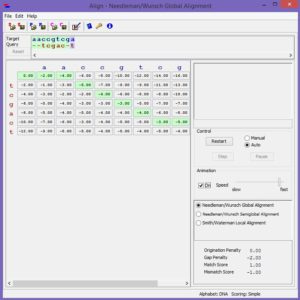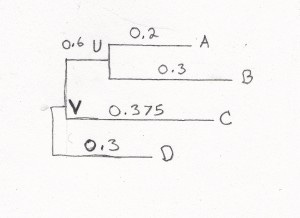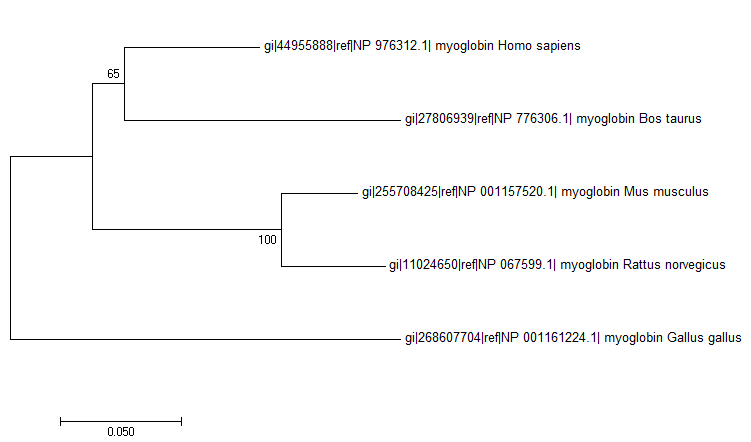Rambling in the Trees
When adding a dilutant to your coffee, you should check your cup to ensure that you have not already added your dilutant of choice. Given that this morning, mine was hot cocoa mix, I narrowly escaped death by chocolate.
I'm sitting here checking my homework for two classes. In Molecular Techniques, I need to prepare forum responses after reading an article on DNA in forensic applications, and I have to map out a cloning technique for a gene which I must determine from the single 22bp nucleotide primer I was given (without being told if it's the forward or the reverse). In Bioinformatics I need to finish generating phylogenetic trees in different configurations and then discuss the pros and cons of each method. Then I have to contemplate the Markov model, and Hidden Markov models, since those are what we will be working on in the lab this afternoon.
It struck me yesterday that I've gone beyond the easy classes. Well, sort of. Two of the classes I'm in this semester are still 'easy' for values of that. One is because it's material I'm very comfortable with, the other because of the way the professor runs the class. The others are challenging both in terms of workload and wrapping my head around, well, complex modeling methods.
Origin of Markov chains: Introduction to Markov chains
I'm finding Bioinformatics to be very interesting, not always clear where we're going in class, but then the next week I've figured it out... mostly. I wish I had time to follow it up, because often we get 'do this and get the answer' and not 'this is why using that gives you the answer' but it's a single semester, so there are constraints.

Calculating how to line up homologous gene sequences. Thank goodness for computer programs.

The first phylogenetic tree exercise was simple - well, ok, not simple, but small enough matrices to draw by hand.
and oh look, it's snowing! I don't think the weather predicted that. Darn overly-simplistic Markov Model.

Neighbor-Joining Bootstrap Tree
So what you're looking at is the relationship of myoglobin (a special protein found in muscles, as the prefix myo indicates) in different species. The further apart the 'branches' of the phylogenetic tree, the less homologous the gene sequences are. Humans are closest to cows, as you can see. Both of these were generated with the Neighbor-joining method, which is a more simplistic approach, but the bootstrap tree is inferred from more matches than the ones I supplied in the assignment (the five shown) and is considered more accurate a prediction model.

So there you are. Generated trees, instead of planted ones. And now I get to go look at the short-term weather forecast, which is usually much more accurate than the longer term one (you couldn't even do 24 hour, weather-website?!) and see just how bad my drive to school is going to be.
I may need more coffee with chocolate in it.




